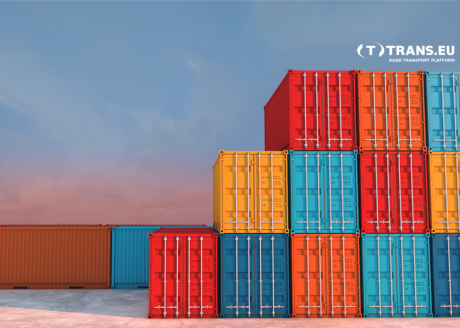Container Terminal
A container terminal is a facility where containers are transshipped from various modes of transportation for onward movement. It is one of the basic elements of the supply chain and transportation networks, so it is important to know its exact definition and characteristics, and basic activities. Container terminals are divided into land terminals, sea terminals, and dry ports, and each of them has a different location. Land terminals are, as the name suggests, located on land and are most often located near rail and road routes. They can often be found at their intersections, which increases the practicality of this type of arrangement. Among the most important activities of land terminals is the provision of transshipment services between rail and road transport. A maritime container terminal is always located in ports and is the connecting point between maritime and land transport. Dry container ports, on the other hand, are located close to seaports so that they have an easy and direct connection with them, which increases productivity and speeds up the work significantly. Their main task is to support the said ports in their standard operation and also relieve them from some of their activities. So, as you can see, container terminals have a very important function, which is why there are so many of them around the world.
Characteristics of dry ports
Dry ports, as the name suggests, are located on dry land, or more precisely, in the hinterland. It is a type of container terminal characterized by a proper connection with the sea, as a result of which it is designed to take over intermodal cargo. Most often these are containers that are stored or prepared for further transport in dry ports. Therefore, it is clear from the definition, that these kinds of terminals are logistic backup facilities of seaports.
What is worth knowing about a marine terminal?
Maritime container terminals are based on a number of logistical processes, which is why the individual elements of the system that make up the port logistics system are so important. These activities involve planning, controlling, and organizing the transport and handling of containers. Forwarders, agents, and shipbrokers are responsible for this kind of work. All these are part of the dispatching services. On the other hand, marine container terminals also specialize in technical and execution services. This term covers all activities performed for ships and their cargoes. It is therefore about transshipment, storage, customs control, or supplying vessels with containers.
The proper functioning of marine terminals is based on a system called TOS (Terminal Operating System), divided into several modules, among which we can distinguish financial and information management, planning of waterfront operations, loading and unloading the ship, and container flow management. Relying on the aforementioned system has many advantages, as it increases the efficiency, effectiveness, and safety of marine terminal operations.
Characteristics of onshore container terminals
Inland container terminals have an extremely important function, as their main activity is the storage of cargo units between the different stages of their transport. They are divided into three zones, among which we can distinguish the space for storing containers into empty and full, receiving them, and releasing them. Each inland container terminal is equipped with the appropriate facilities necessary for its proper functioning. The basic elements of the infrastructure are railroads, and the layout of individual zones should ensure efficient use of available land and optimization of terminal operations while maintaining the highest level of safety for all machinery, cargo and personnel employed.
